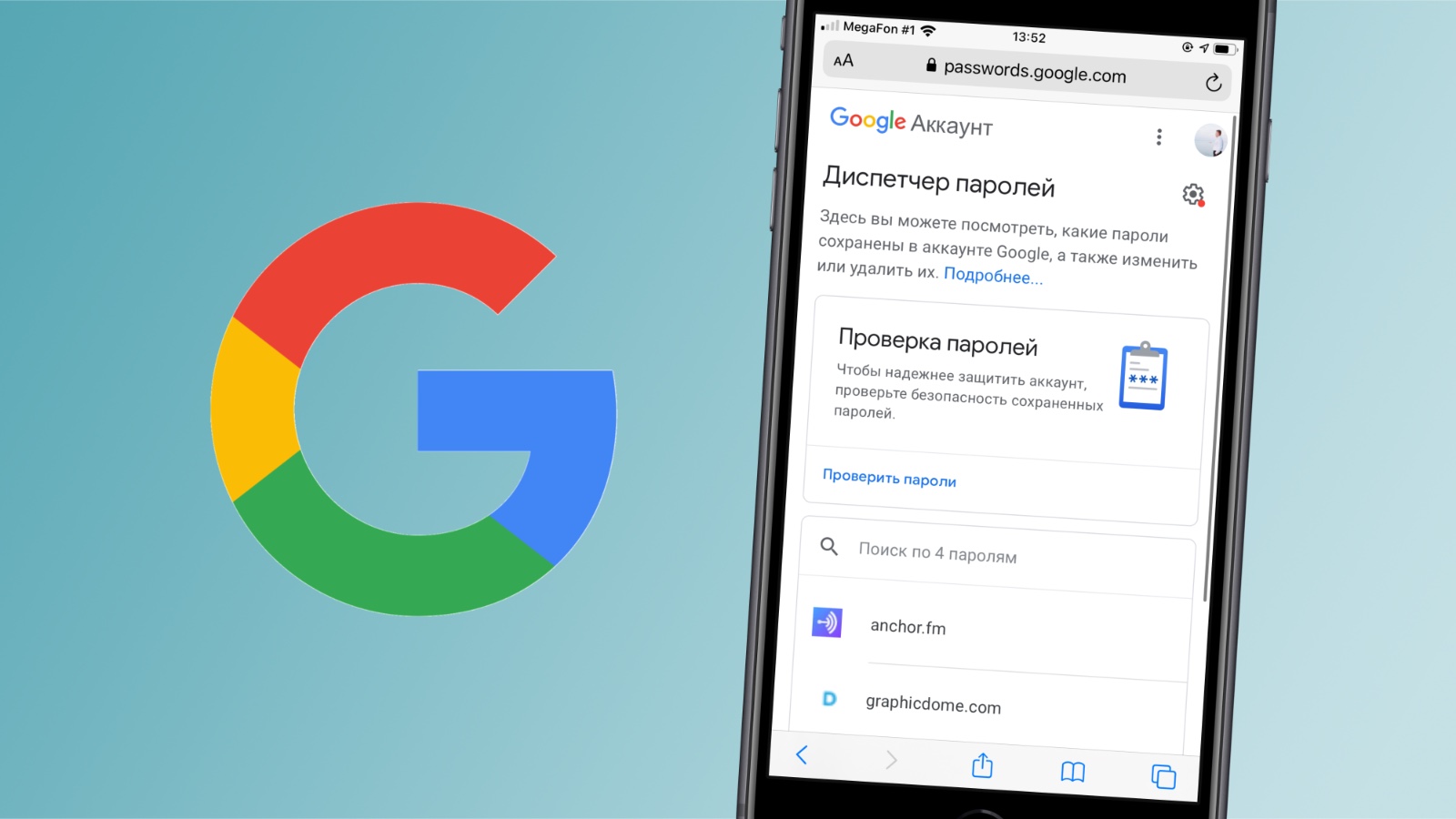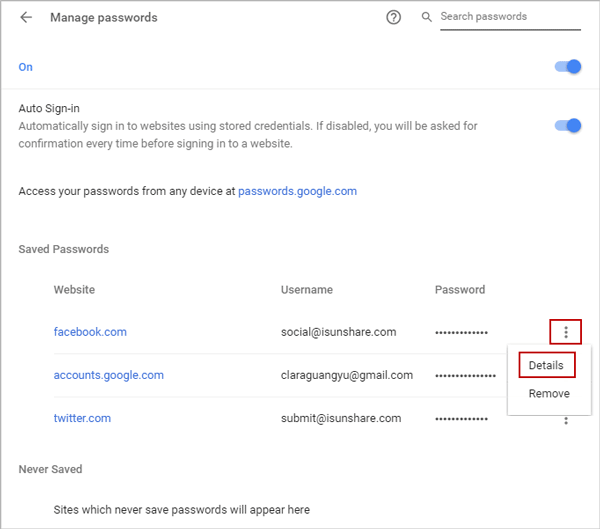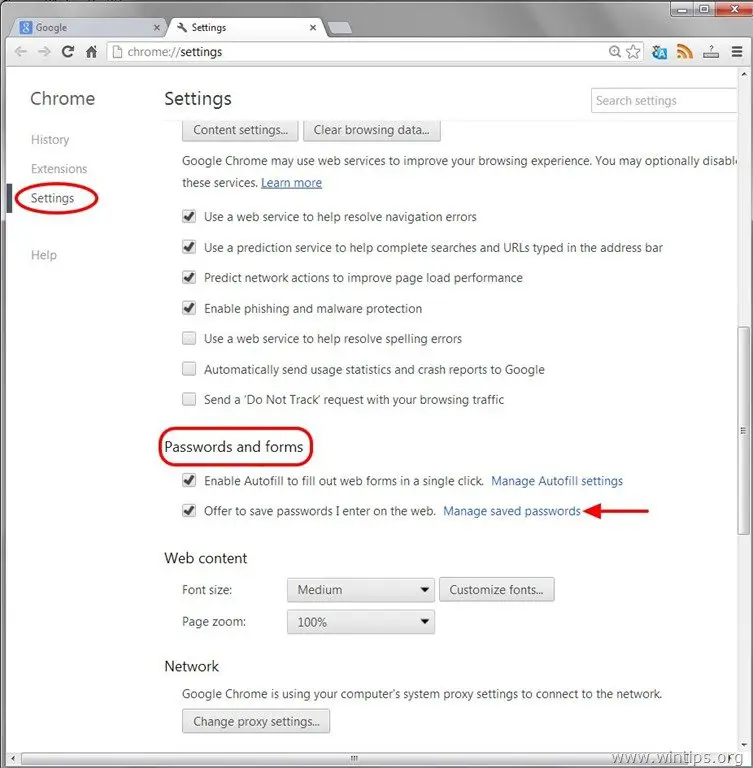

- #GOOGLE PASSWORDS GENERATOR#
- #GOOGLE PASSWORDS FULL#
- #GOOGLE PASSWORDS SOFTWARE#
- #GOOGLE PASSWORDS PASSWORD#
- #GOOGLE PASSWORDS PLUS#
No shared secret is transmitted, and the server does not need to protect the public key. On Apple devices with Touch ID or Face ID available, they can be used to authorize use of the passkey, which then authenticates the user to the app or website. The server never learns what the private key is. The other key is private, and is what is needed to actually sign in. One of these keys is public, and is stored on the server. These keys are generated by the device, securely and uniquely, for every account. During account registration, the operating system creates a unique cryptographic key pair to associate with an account for the app or website. Passkeys are built on the WebAuthentication (or "WebAuthn") standard, which uses public key cryptography. Apple provides a helpful description here of the technical underpinnings of passkeys: Google is the first major online service to make passkeys available, and its offering is refined and comprehensive enough that I’m recommending people turn them on today.įirst, it helps to know exactly what a passkey is and how it works. A handful of smaller sites-specifically, PayPal, Instacart, Best Buy, Kayak, Robinhood, Shop Pay, and Cardpointers-have rolled out various options for logging in with passkeys, but those choices are more proofs of concept than working solutions. This article provides a primer to get people started with Google's implementation of passkeys and explains the technical underpinnings that make them a much easier and more effective way to protect against account takeovers. Passkeys are also vastly more secure and privacy-preserving than passwords, for reasons I'll explain later. The long and short of it is that with a few minutes of training, passkeys are easier to use than passwords, and in a matter of months-once a dozen or so industry partners finish rolling out the remaining pieces-using passkeys will be easier still. That’s not surprising, given that passwords have been in use for the past 60 years, and passkeys are so new. There are many misconceptions about passkeys, both in terms of their usability and the security and privacy benefits they offer compared with current authentication methods. This alternative for passwords is known as "passkeys." Bonus points for services that can be used as authenticators, offer breach protection, and ones that haven’t had a recent data breach.Aurich Lawson | Getty Images reader comments 1066 withīy now, you’ve likely heard that passwordless Google accounts have finally arrived.
#GOOGLE PASSWORDS PASSWORD#
A good password manager offers end-to-end encryption, biometric authentication options and breach notifications when a user’s credentials may have been compromised. We also like password managers that offer a free version so users can try before they buy or some other form of trial.īecause a password manager’s job is to securely store sensitive data, we appraise security carefully, which starts with military-grade encryption.
#GOOGLE PASSWORDS GENERATOR#
The basics are a given-namely, secure credentials storing, a password generator and autofill-but premium password managers should also offer other features like secure document storage, password sharing and a digital wallet. Because password managers tend to advertise prices in a monthly breakdown but charge annually, we like a service that offers Australian pricing.Ī high-scoring password manager is one that offers plenty of features. We use a detailed schema to compare password managers across price, features, security and compatibility.

There’s a more straightforward process on password managers like Dashlane. If you’re anything like me, the prospect of doing that task hundreds of times is incredibly daunting. There’s a ‘Change password’ button that links you to the corresponding service’s account page. Click on this latter option for a breakdown of compromised passwords and weak passwords.
#GOOGLE PASSWORDS PLUS#
This page lets you toggle on automatic sign-in and password saving, plus it has a password-strength checker.
#GOOGLE PASSWORDS FULL#
You’ll see a full list of passwords, or you can manually search for a specific entry. Here’s where you’ll find more options for Google Password Manager.

For more settings, hit the three dots in the top-right corner of the Chrome browser and select ‘Settings’, then ‘Auto-fill’.
#GOOGLE PASSWORDS SOFTWARE#
While this means there isn’t any desktop software or mobile apps, you can use Chrome on any device that supports it, log in and have access to your save and automatically synced passwords. This is all great news for Google Chrome users but clearly the biggest limitation of Google Password Manager is it’s only available in Chrome. Whenever you log in to a website with credentials that’s been created under Google Password Manager’s gaze, the username and password fields will be automatically populated, cutting down on clicks.


 0 kommentar(er)
0 kommentar(er)
